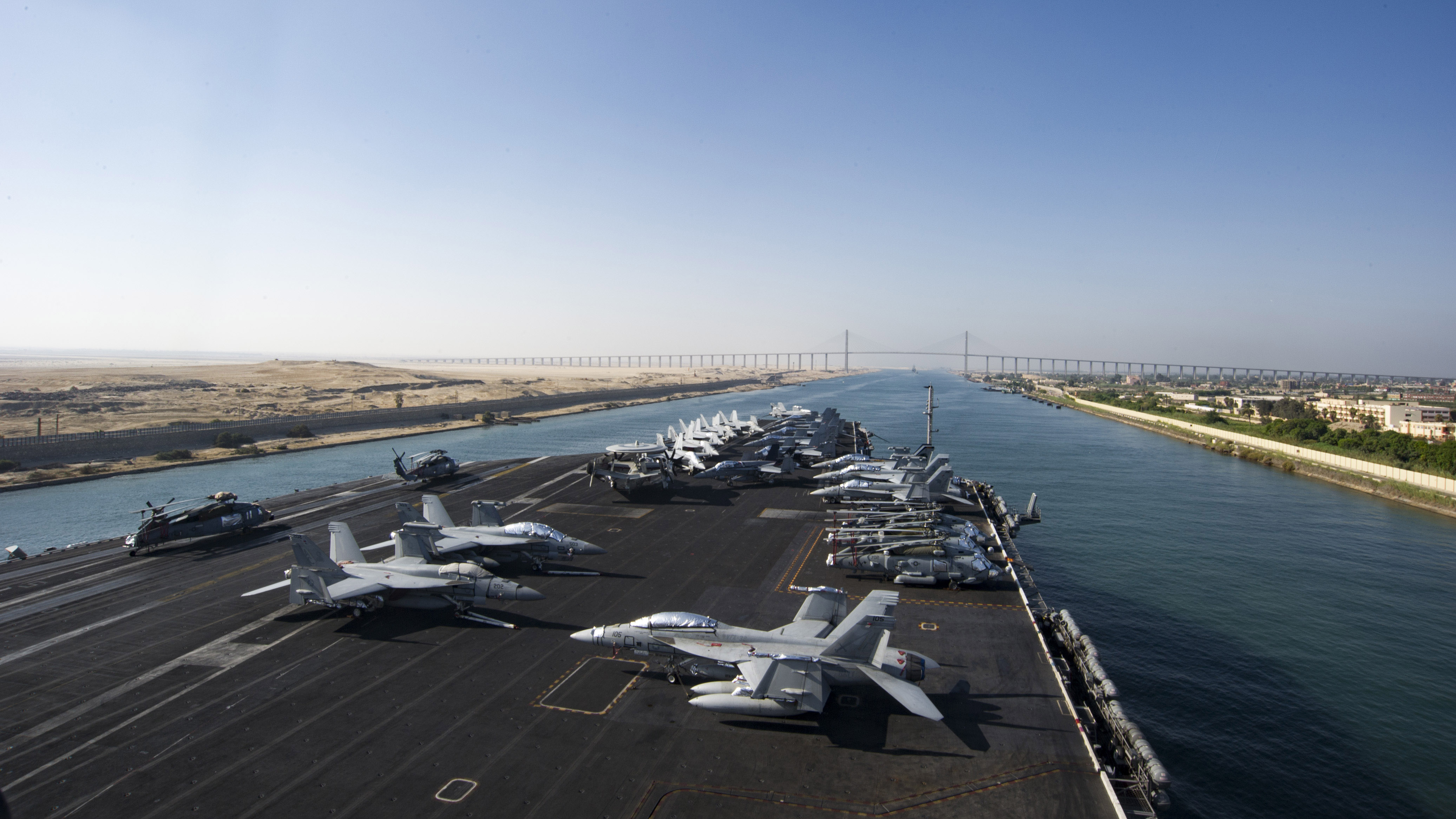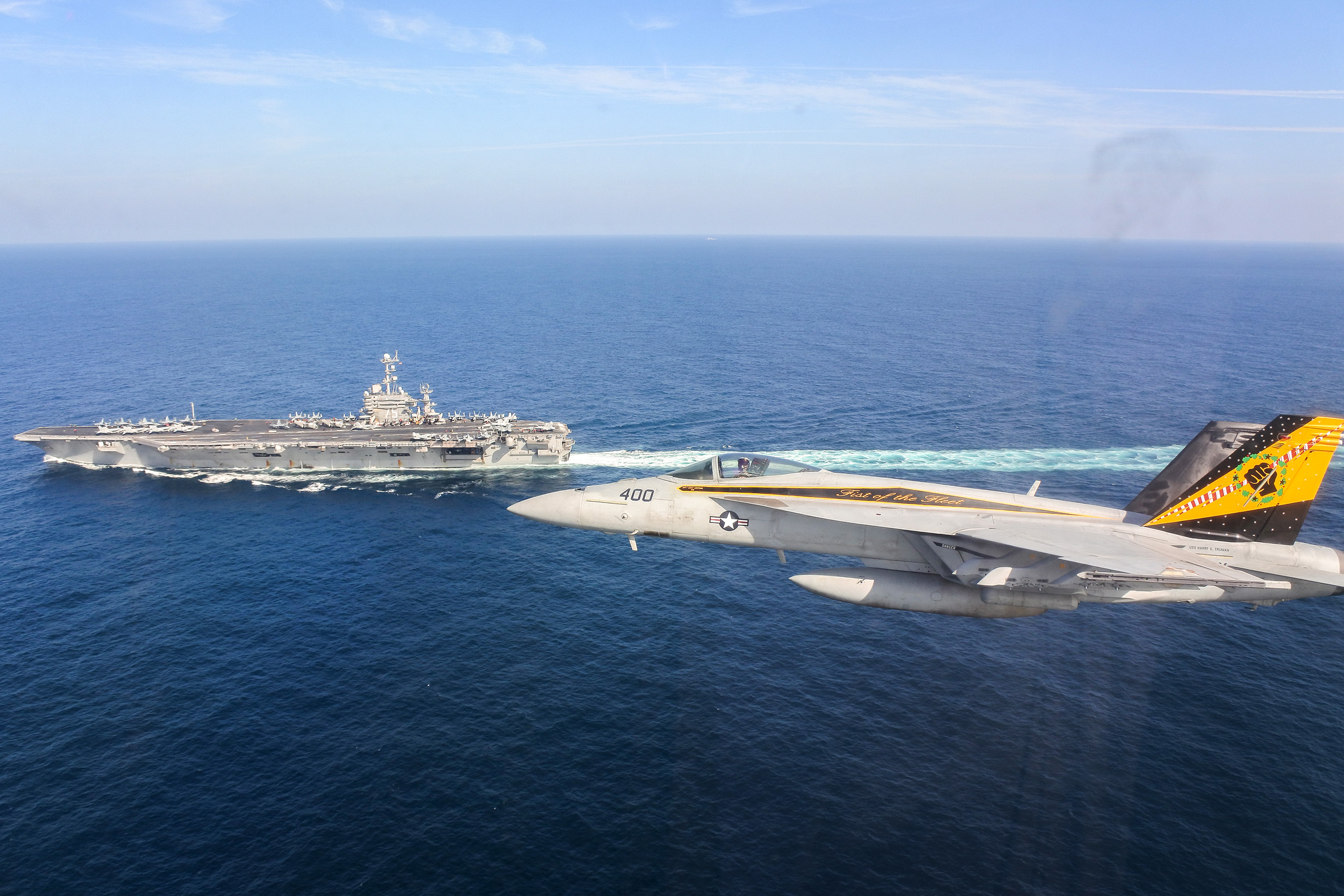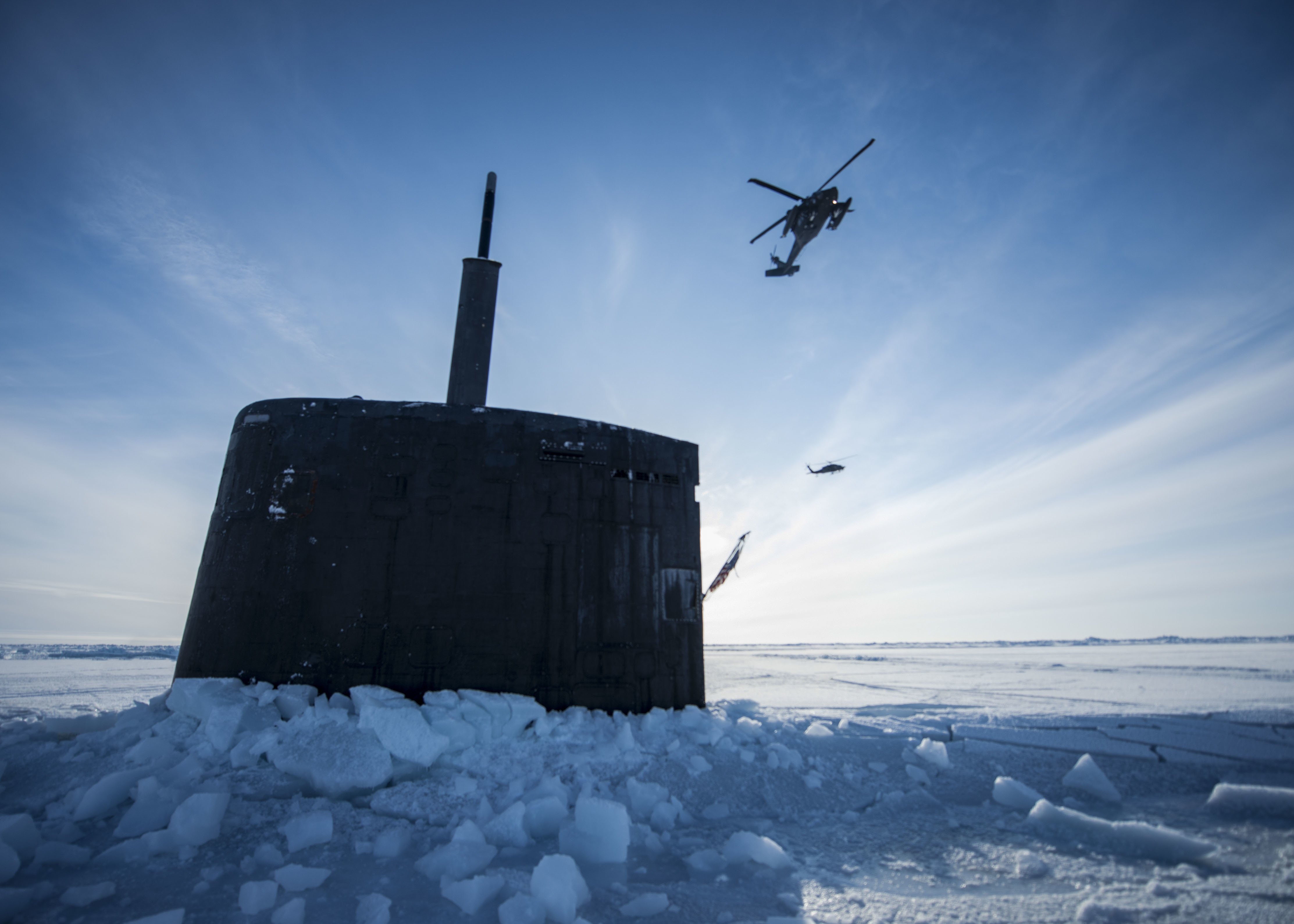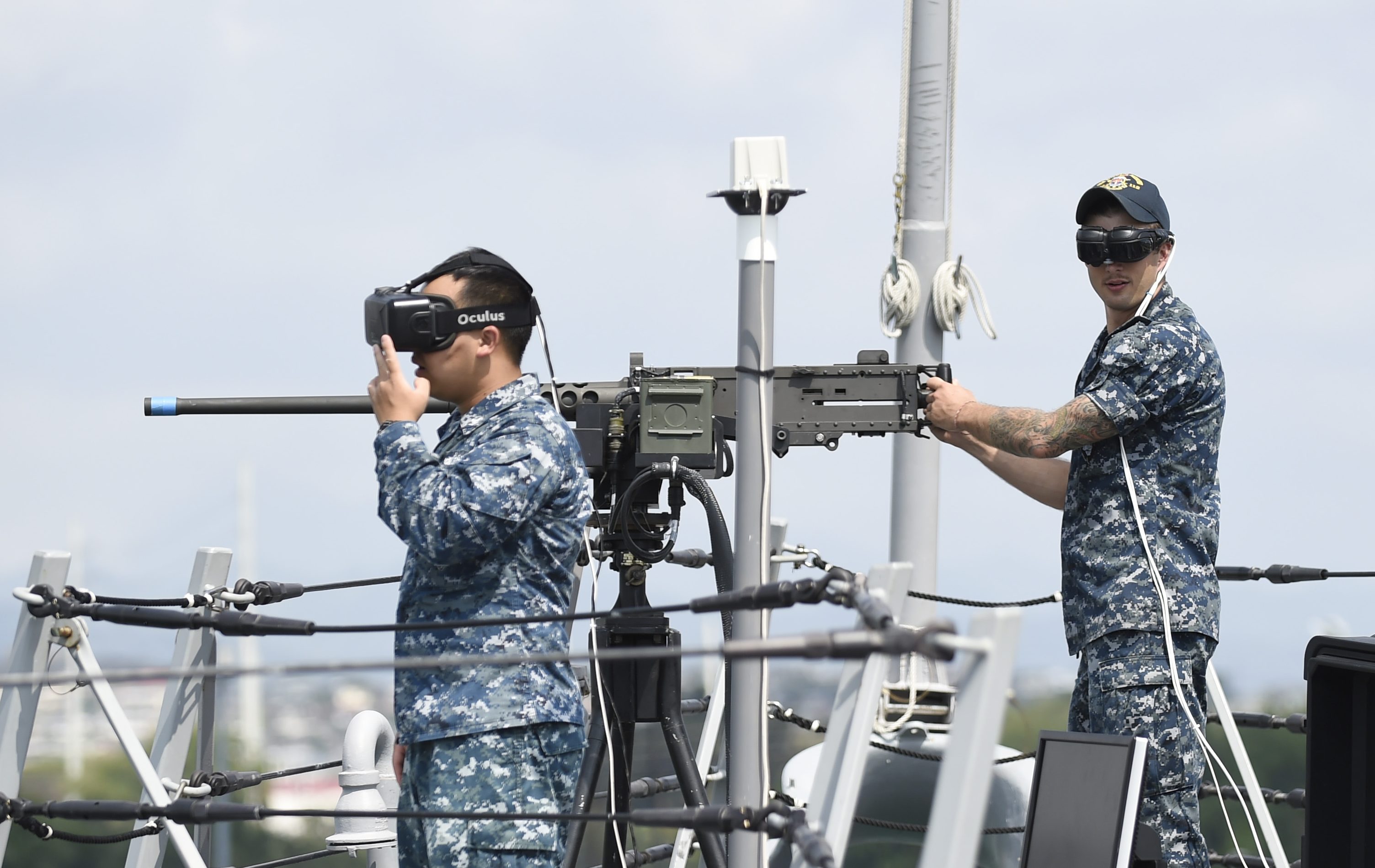
SAN DIEGO, Calif. – Amid continued calls for innovation, several current and former fleet commanders say the Navy needs to focus on how it employs the force it already has rather than seeking brand new technologies to fight with.
U.S. Pacific Command commander Adm. Harry Harris used the old “innovate or die” catchphrase during his speech at the West 2017 conference, where his keynote speech mentioned innovation eight times. While Harris was talking specifically about new hardware, three current and recent fleet commanders said they heard the Navy’s call for innovation as an operational challenge.
“Let’s stop thinking about the technology, let’s think about how we fight and be more innovative in how we fight,” Vice Adm. James Foggo, the current Director of Navy Staff at the Pentagon and former U.S. 6th Fleet Commander, told USNI News during a panel question and answer session.
Foggo said when he led 6th Fleet – from December 2014 to October 2016 – the steady presence of carrier strike groups, amphibious ready groups and submarines he saw pass through his area of responsibility was generous for Phase 0 peacetime operations but not sufficient for Phase 2 operations with sustained strike campaigns in Libya and Iraq and Syria. Given the high demand for forces in 6th Fleet and next-door 5th Fleet, Foggo said the Navy employed some innovative tactics to make the most of the presence the Navy could provide – chiefly, conducting strikes against the Islamic State from either 5th or 6th Fleet and allowing the carrier strike group to carry out that mission from either area of responsibility as conditions dictated.

“We saw it last summer when the [aircraft carrier USS] Harry S. Truman both went through the 6th Fleet and into the 5th Fleet and came back out again,” he said, with strikes against the Islamic State conducted from both 5th and 6th Fleet waters.
“She continued to do strikes (in Iraq and Syria) while she was in the Mediterranean. And that worked. There were some healthy skeptics there; it took a little bit of innovation, a little creativity, a lot of hard work and some pushups. When the (carrier USS Dwight D.) Eisenhower came through we did the same thing.”
“This is distributed maritime ops across unified command lines, seamless integration, and two combatant commanders in one theater supporting one another with an effective strike capability that really made no difference – it’s about the same distance, about the same number of tankers in the air, and about the same number of kinetic weapons delivered during Operation Inherent Resolve,” he continued. This ability to conduct the OIR mission from either 5th or 6th Fleet meant the carrier strike group could go to either location to deter other adversaries or respond to other emerging events as needed, all the while launching planes to go drop ordnance on Islamic State targets.
For Vice Adm. Michael Gilday, commander of U.S. 10th Fleet and U.S. Fleet Cyber Command, the operational innovation he needs is in finding access to targets from Navy platforms that his forces might not be able to target from ashore.

“Ships, aircraft, submarines can get to places where ground forces cannot go sometimes, or air forces cannot go. And so we do a lot of creative thinking on how to fight,” he told USNI News during the same event.
“For us, the best work that comes out of our command – in terms of new ideas, in terms of how to fight – comes from our cyber teams, comes from our basic level people in their early 20s who are just simply given the charge, ‘give me options that make me gag.’ And so whether or not we actually execute those are a whole different ballgame: we put money against some of them, we experiment with ships, aircraft, UAVs, submarines.”
Where technical innovations are needed to support Navy cyber activities, Gilday said he’s trying to look to industry rather than duplicate efforts within the Navy.
“We really are trying to leverage things that come out of industry. And I say that because the things that are being developed to solve problems in companies that have legacy networks just like we do have the same solution sets, they’re just applied to different networks,” he said.
“So it’s up to us to find those right solution sets, find those right technical solutions, and the ones that are attractive to us are the ones we can scale appropriately.”

For Vice Adm. Nora Tyson, U.S. 3rd Fleet commander, the need for innovation comes at the intersection of new technology and the operating force.
“Where we need to leverage innovation the most is in preparing these forces to go fight at the highest end they may be required to. So a lot of work has been done in the live, virtual and constructive training world,” she said.
“Because we don’t have as many ships, aircraft, submarines at our disposal as we’d like to have to prepare these forces for the highest level of warfighting that they may find themselves in, we have really really got to leverage that live, virtual and constructive training to make sure that we are using it to the best of our ability, because we don’t have 100 [opposing force] ships while a strike group is out there doing workups, we don’t have supersonic missiles that we’re shooting at them, we don’t have three or four spare air wings sitting around that we can use as opfor to prepare these forces to go forward. So I would answer your question that way, that we have really got to make sure that we are being very innovative in using all the technology that’s out there, both on the basic phase and the integrated phase so we can get to that high-end training and preparation of those forces.”





